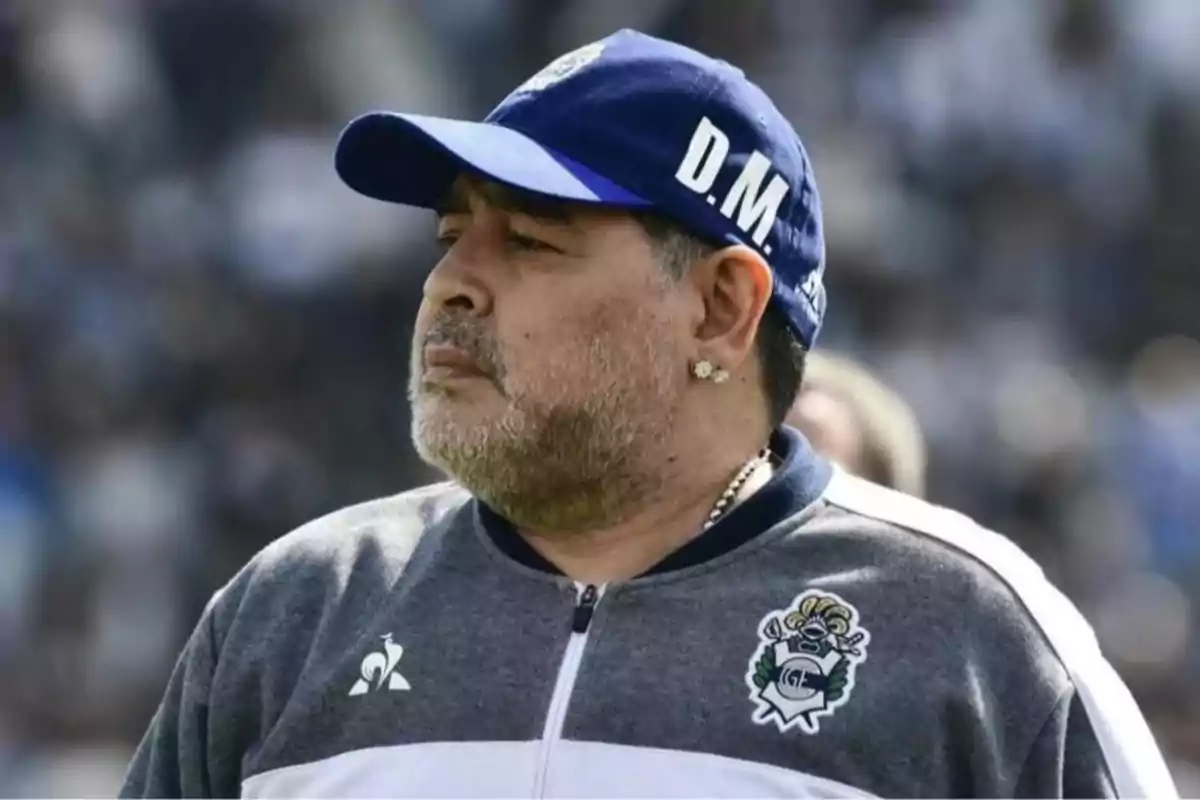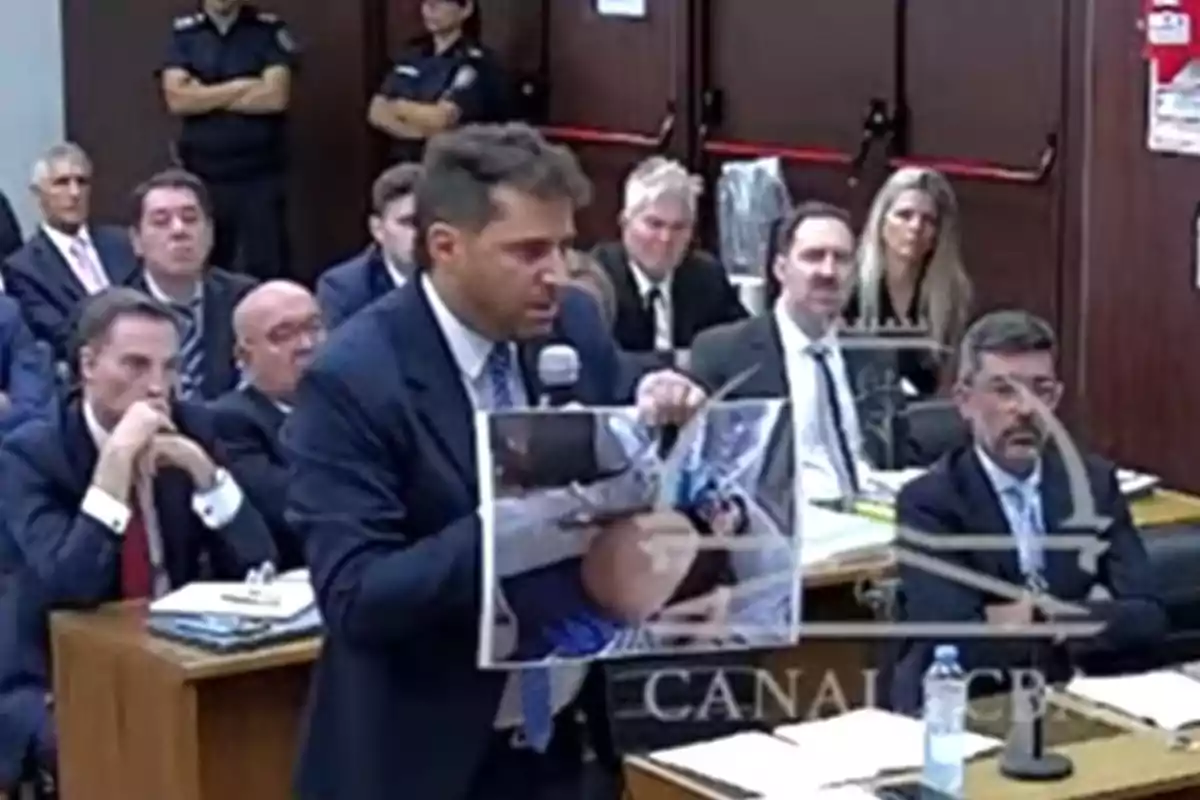
Maradona Case: What Diego's Body Had Before Dying
Experts who were in charge of the toxicological analyses testified and determined what the Ten had ingested in the final hours of his life
The trial for Diego Maradona's death continues at the San Isidro Courts, aiming to clarify the responsibilities of the medical team that attended to him in his last days. This Tuesday, the experts in charge of the toxicological and anatomical-pathological analyses testified, revealing new details about the Argentine idol's health at the time of his death.
Toxicological results: no traces of drugs or alcohol
Blood and urine tests confirmed that Maradona's body had no traces of cocaine, ecstasy, marijuana, or other drugs, nor alcohol in his blood. However, traces of the four medications he regularly consumed were found.
The person responsible for presenting these findings to the judge was Ezequiel Ventosi, a toxicological expert from the Scientific Police, who reaffirmed that the analyses did not detect illegal substances or alcohol consumption in the hours before his death.

Maradona's pathologies
Additionally, the hearing included testimony from the anatomical-pathological expert Silvina de Piero, a specialist with 21 years of experience in the Forensic Pathology Division of the Buenos Aires Scientific Police, who was in charge of the histopathological analysis of Maradona's organs and reported the following results:
- Liver: Showed fat lesions, indicating a condition compatible with cirrhosis
- Kidney: Showed significant alterations and acute tubular necrosis
- Heart: Weighed 503 grams, double the normal size, indicating a severe pathological condition. Edema, lack of blood, and oxygen were observed, characteristic of cardiac ischemia
- Lungs: Showed signs of chronic lung pathology, compatible with heart failure
Forensic doctor Alejandro Ezequiel Vega, who at the time of Maradona's death worked in the San Martín medical team, agreed with these findings. He highlighted that the ex-footballer's heart was outside the normal size and his kidney showed ischemia close to the time of his death.
He also mentioned that the lungs suffered hemorrhages between 72 and 96 hours before the samples were taken during the autopsy, conducted on November 25, 2020, at the San Fernando morgue.
Another relevant aspect was the size of Maradona's abdomen at the time of his death. Vega explained that the body couldn't eliminate fluids, resulting in more than three liters of accumulated fluid in his abdominal cavity.

Meanwhile, the expert Sebastián Zavala, also from the Scientific Police, stated that no toxicological tests were conducted on Maradona's hair, which could have provided additional information about his health condition.
Release of Maradona's former bodyguard, investigated for false testimony
In parallel to the trial, the San Isidro Guarantees Court No. 4, led by Judge Esteban Rossignoli, ordered the release of Julio Coria, Maradona's former bodyguard, who was detained last week for alleged false testimony in the case.
Coria, who resides in Ezeiza and has no criminal record, regained his freedom after it was determined there was no risk of flight. However, he must remain at his residence and can't be absent for more than 24 hours without prior authorization.

More posts: